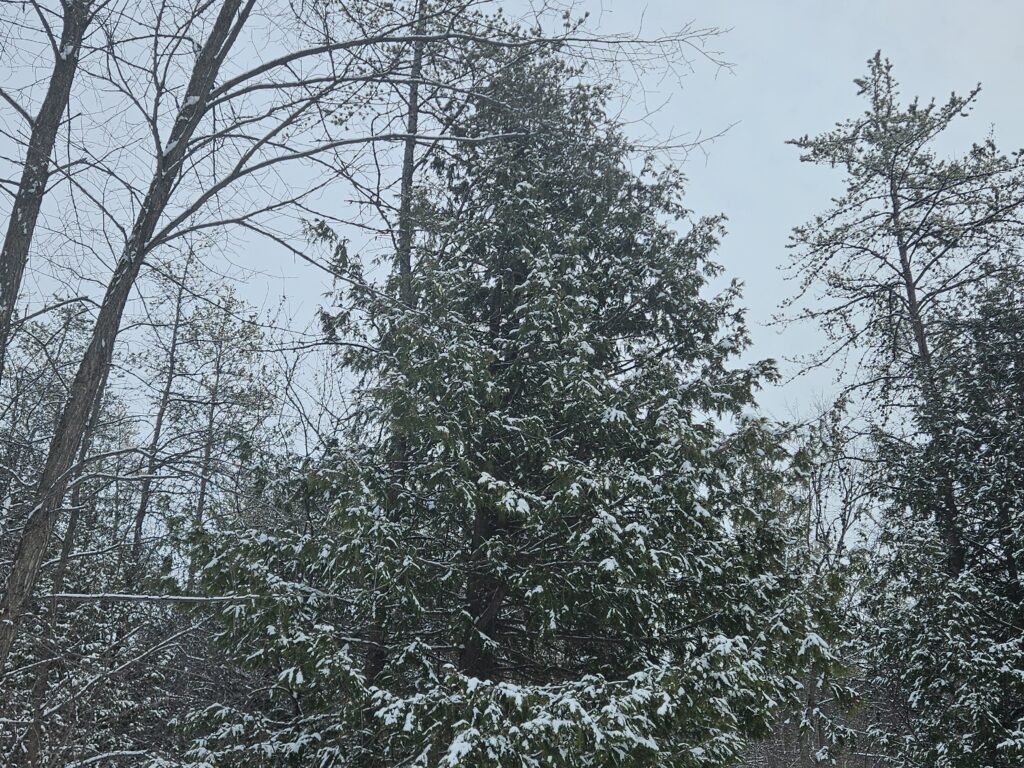There is currently over 200,000 trees owned by the city, with more on the way

Without trees, there would be no life on Earth. Trees, through a process called photosynthesis, produce oxygen, which allows life on Earth to breathe. Trees are also home to many wildlife, provide shade for cities and absorb carbon dioxide from the atmosphere, making them effective tools to fight against climate change.
Approximately 15 billion trees are cut down every year, with around five billion being replanted, according to a study published in Nature. If this trend continues, there will be no more trees within the next 300 years.
Now, groups in Ottawa and throughout Canada are working on reforestation and ensuring the number of trees in the country are growing.
The danger of deforestation
Deforestation is the clearing of forests. Most deforestation comes from humans clearing out forests to use the land for agricultural development. Other times, natural disasters, such as hurricanes, tornados, tsunamis and forest fires, such as the ones ongoing in California, will destroy trees.
Tree Canada is a national non-profit, based in Ottawa, Ont. that focuses on restoring forests and growing Canada’s tree canopy – the layer of leaves, branches and stems that cover the top of the tree.
Robert Henri, a representative of Tree Canada, said the effects of deforestation can be devastating.
“When forest cover is permanently removed from an area, it leaves wildlife without habitat, releases sequestered carbon back into the atmosphere, disrupts the balance of an established ecosystem and dramatically impacts the way of life for the local community, especially for Indigenous communities,” said Henri.
Even urban areas need trees. Ottawa is working on reducing carbon emissions by 100 per cent by 2050. Trees are carbon sinks, meaning they pull carbon from the atmosphere. So, while trees may not stop carbon emissions, they can help cities become carbon neutral – if there are enough of them.
Urban areas are also hotter than rural areas. Concrete sidewalks and buildings absorb heat from the sun. Trees can help offset this heat by providing shade and by absorbing heat as well through a process called evapotranspiration. The heat that gets absorbed by trees is released back into the atmosphere as water, cooling the air.
Reforestation initiatives
Ottawa launched its Urban Forest Management Plan in 2017. Currently, the plan is half-way through its second phase.
The goal of the Urban Forest Management Plan is to have a thriving and diverse urban forest – trees within the city boundaries – by 2038 and to have a tree canopy over 40 per cent of the city. To do this, the city is taking a proactive approach to tree planting, instead of reacting when trees are chopped down. Ottawa Mayor, Mark Sutcliffe, plans on having one million trees planted throughout the city.
The city is currently looking for perfect areas to plant trees and is running five programs to ensure more trees are being planted.
The projects vary from the city offering funding to homeowners, communities and schoolyards. The city’s forestry services are also scoping out streets and parking lots to find spots for trees.
The Green Acres program focuses on planting forests in rural areas of Ottawa. Working with the Rideau Valley Conservation Authority (RVCA), land is verified as suitable for reforestation purposes.
The RVCA is an environmental conservation agency that has planted over seven million trees since 1983. Outside of the Green Acres program, the RCVA is working on saving the endangered Butternut tree.
“We have a Butternut Recovery Program which helps the endangered Butternut trees persist on the landscape through landowner engagement (planting seedlings), finding healthy trees, collecting seeds from those trees and replanting them back on the landscape,” said Ian Cochrane, the forestry program manager at the RCVA.
Ottawa’s Future
There are over 200,000 city-owned trees in Ottawa, with up to 100,000 more to be planted this year. Low funding may slow progress on the one million trees goal.
However, it isn’t just the city’s problem if the tree population declines, it is everyone’s problem.
“Not only do healthy trees and forests benefit us with cleaner soil, water and air, but connecting with nature is proven to offer many mental, physical and social health benefits for humans too,” said Henri.

Leave a Reply